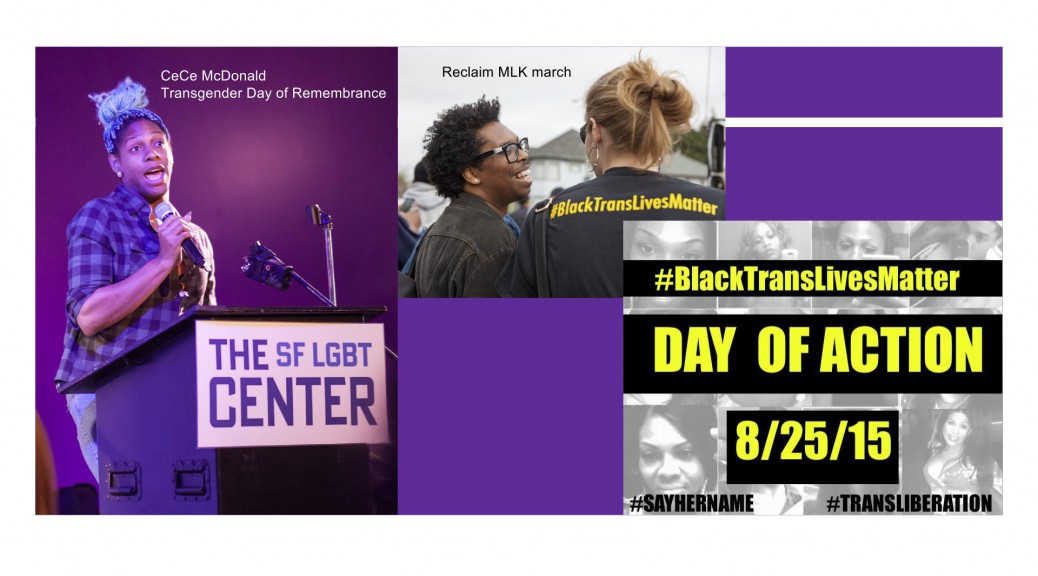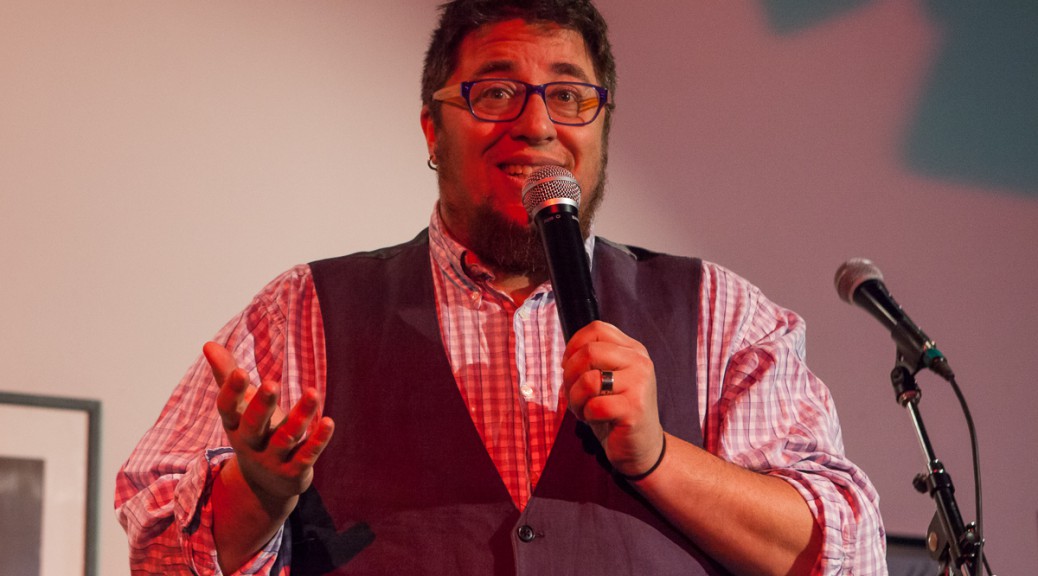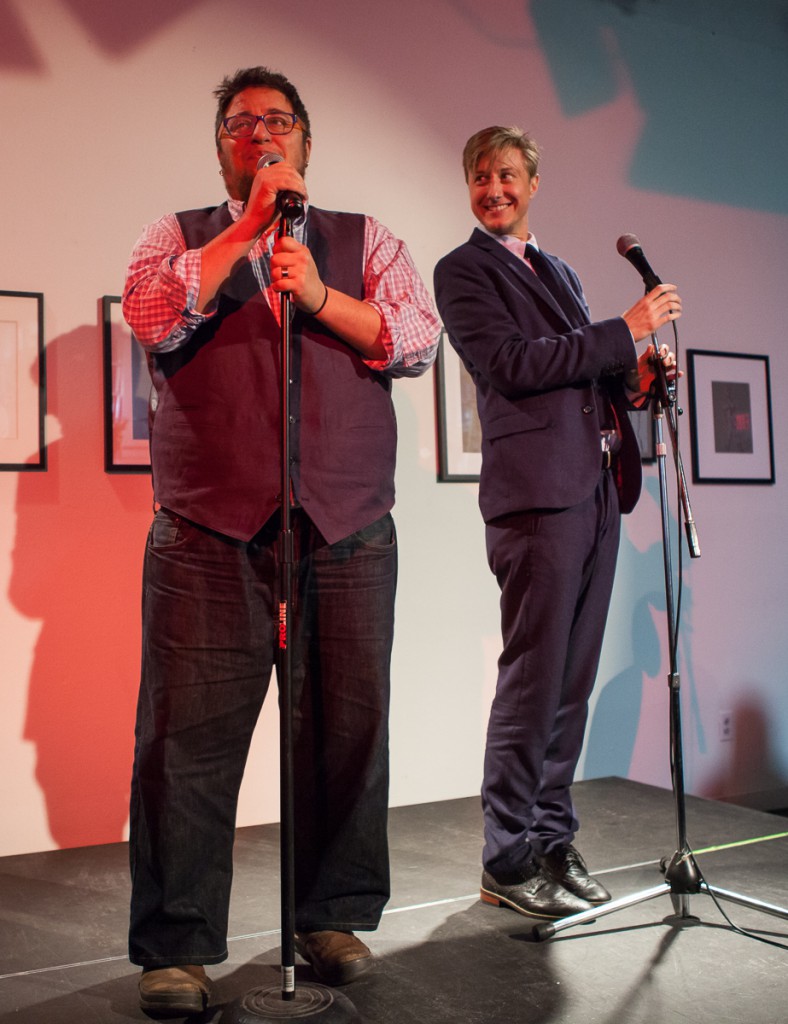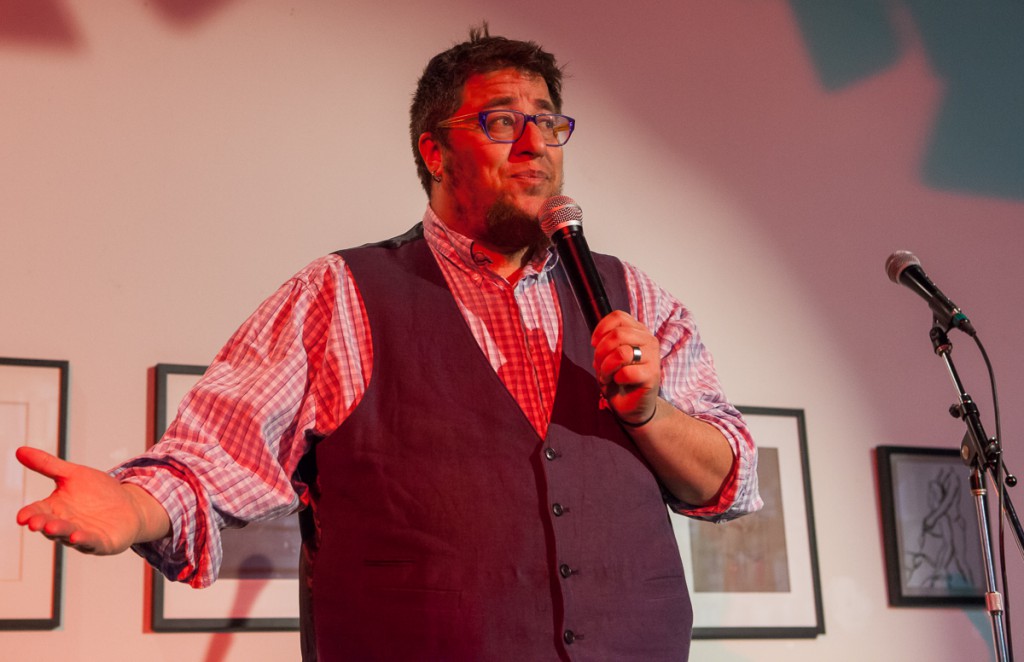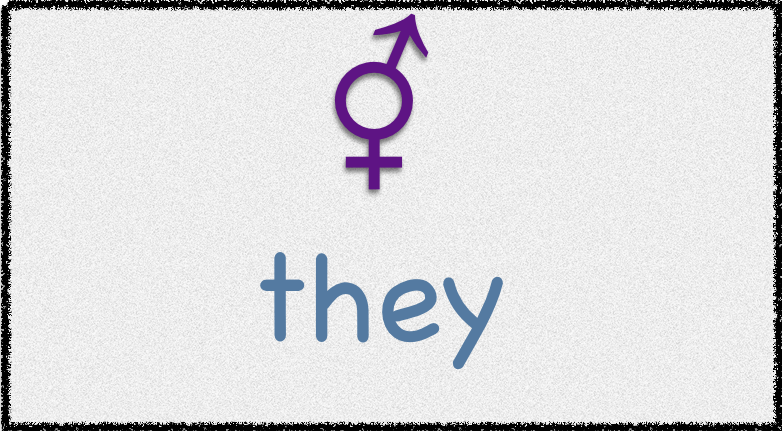[Image: Side view from the seats of an empty Paramount Theatre, Oakland.]
I’ll admit it: I love having on-demand access to hundreds of movies and TV shows through Netflix and Amazon Prime. Thanks to these services and my increasingly introverted nature, I haven’t set foot in a movie theater in over a year. But as much as I enjoy watching and re-watching old favorites, I haven’t been particularly interested in new productions, so I haven’t watched any award shows in quite some time.
I have been keeping up with social media, however, so I’m well aware of the controversy surrounding the inadequate representation of black and trans people like myself at the Academy Awards. The predominance of white Oscar nominees, and the awarding of transgender roles to cisgender actors, are important issues. But another concern of mine as a non-binary person is the continued insistence that acting categories be divided into “male” and “female.” This division erases non-binary people who do not identify as either of those categories.
A recent article by Claire Fallon in the Hufffington Post addresses this issue, though more from a standpoint of male/female gender equality than non-binary advocacy. Non-binary people are mentioned, with one example being Ruby Rose, a cast member of Orange is the New Black (one of the few current shows I watch and enjoy). While Rose (who uses she/her pronouns) is genderfluid, I would hazard a guess that she would not currently object to being categorized as female for the purposes of an acting award. Other actors may not be so accommodating.
In Fallon’s article, gender writer Vanessa Vitiello Urquhart makes a case for eliminating gendered award categories, but also notes that there aren’t many non-binary roles to play. The fact that most characters are written as men or women should also be addressed, but isn’t really the primary concern here. Non-binary people can play the parts of men and women even if they don’t identify as men or women themselves. In fact, most of us do this all the time, just to get by in a world that doesn’t acknowledge our existence.
As a Wikipedia editor, I encountered an example of this enforced gendering of acting categories shortly after my own gender transition in the summer of 2013. I noticed another editor was assigning “Male actor” and “Actress” categories to numerous pages, including one that I had edited. I asked why this was necessary, and he pointed me to a discussion on the issue. The argument here was that as many women now prefer referring to themselves as actors rather than actresses, there was a need to create a specifically “male actor” category. Commenters noted that acting is an inherently gendered profession, as men play male characters, and women play female characters (though of course, we’ve seen this repeatedly thrown out the window when cis male actors are cast as trans women). Again, the thought that an actor might be neither male nor female was not seriously considered.
Whenever this subject has come up, some people have argued that if gendered categories were eliminated, men would dominate the awards. While sexism is very real and this is a legitimate concern, it doesn’t change the fact that non-binary people are still being erased. As awareness of our existence grows, it’s only a matter of time before a non-binary actor is cast in a role that receives enough attention to merit a major award nomination. If that person is someone like Tyler Ford, who is agender and quite adamantly neither a man nor a woman, Hollywood is going to have to confront this issue. It isn’t fair to make us either bury our authentic selves or face exclusion.
Coping with constant erasure in a relentlessly gendered world really wears me down. While legal recognition of non-binary people may be a long way off, de-gendering acting awards would be a small step toward recognizing that not all of us fit into our assigned categories.
Edited to add: Shortly after publishing this essay, I realized that some might object that my statement that non-binary actors can play binary characters is hypocritical, considering my criticism of cis actors being cast in trans roles. However, I believe there is a significant difference between these scenarios for several reasons. First: Casting cis male actors as trans women – the most typical example – plays up on the transmisogynist “man in a dress” stereotype. Second: While writers have created countless binary male and female characters, few specifically non-binary roles exist at this time, so it would be unfair to limit non-binary people to playing only those parts. Third: Non-binary people, like all trans people, are underemployed. Casting more openly non-binary actors in roles, even portraying binary characters, brings needed work and visibility to the community.

